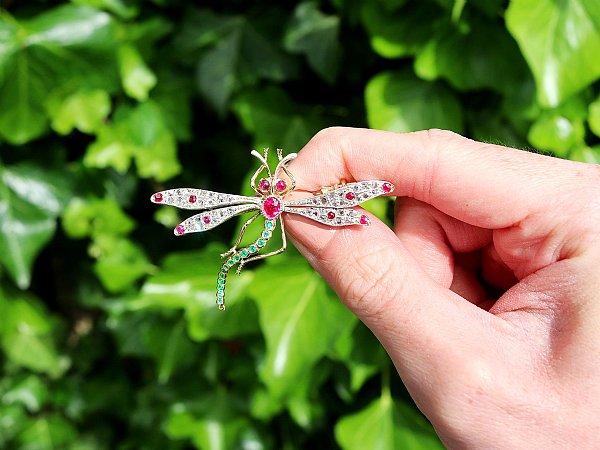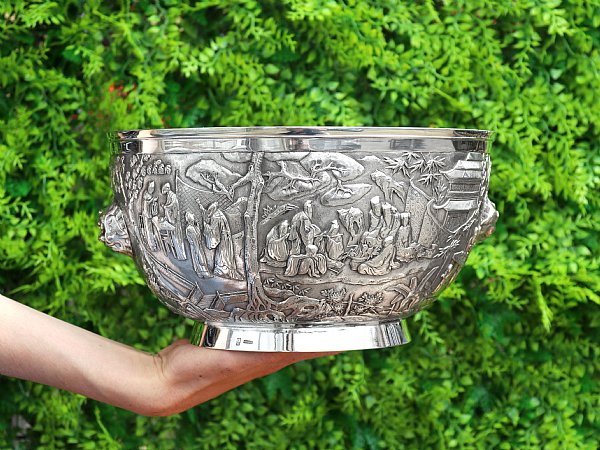Search Results for: '{{searchText}}'
Sorry...
We don't seem to have what you're looking for.
However we do have thousands of magnificent pieces of silver and jewellery available for you to view online. Browse our store using one of these categories.
Please wait for loading data... 
Browse these categories under "Vintage and Antique Lockets"
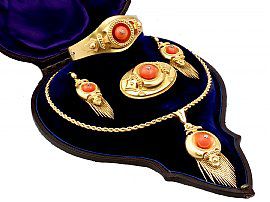
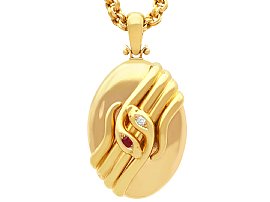
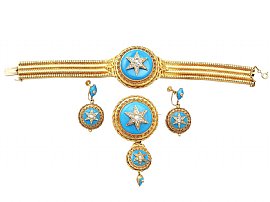
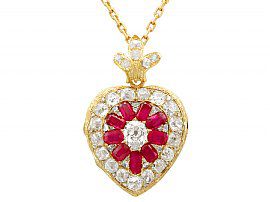
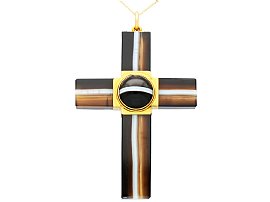
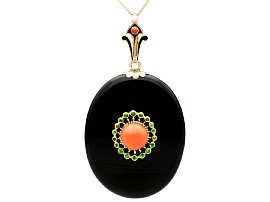
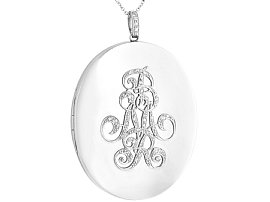
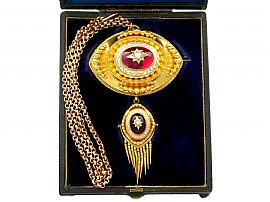
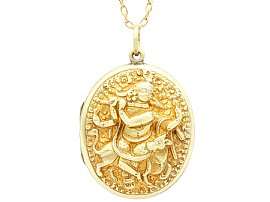
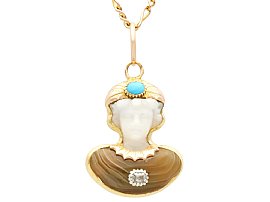
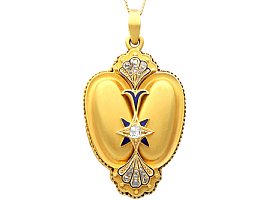
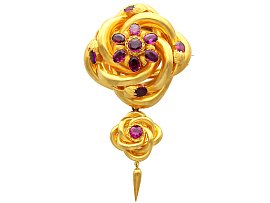
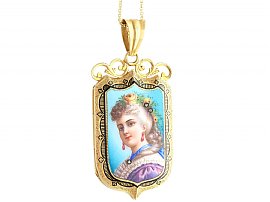
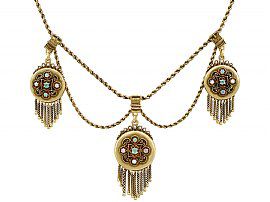
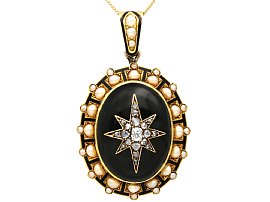
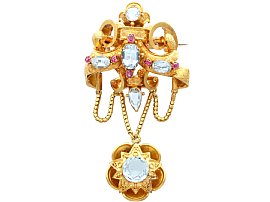
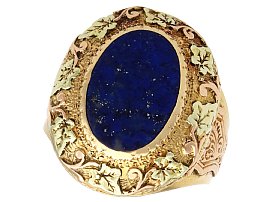
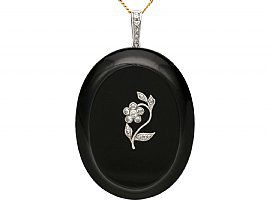
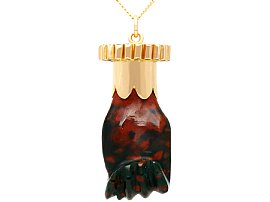
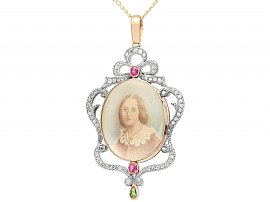
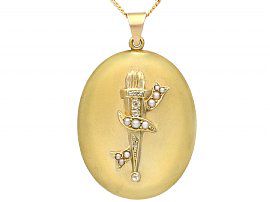
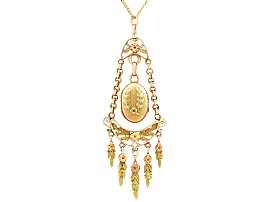
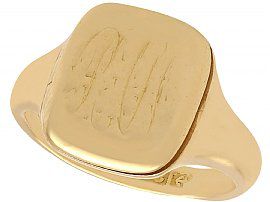
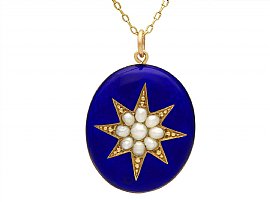
20.25 ct Coral and Diamond, 22 ct Yellow Gold Jewellery Set - Antique Victorian Circa 1890
Price: GBP £14,950.00Antique 0.30ct Ruby and 0.13ct Diamond, 18ct Yellow Gold Snake Locket Pendant
Price: GBP £9,950.001.82ct Diamond and Turquoise, 18ct Yellow Gold Jewellery Set - Antique Early Victorian
Price: GBP £9,845.004.55ct Diamond and Synthetic Ruby, 18ct Yellow Gold Pendant / Locket - Antique Victorian
Price: GBP £7,645.00Banded Agate and 15ct Yellow Gold Cross Pendant - Antique Circa 1880
Price: GBP £4,950.00Black Onyx, 3.50ct Coral and 0.36ct Demantoid Garnet, 12ct Yellow Gold Locket - Antique Circa 1890
Price: GBP £4,950.00Antique Diamond and Platinum Locket
Price: GBP £4,950.006.20ct Garnet, Pearl and Enamel, 18ct Yellow Gold Pendant / Brooch - Antique Circa 1880
Price: GBP £3,950.0014ct Yellow Gold Locket Pendant - Antique
Price: GBP £3,950.00Victorian Hardstone Agate, Carved Quartz, Diamond and Turquoise Pendant
Price: GBP £3,950.00Victorian 0.45ct Diamond, Enamel and 16ct Yellow Gold Locket Pendant
Price: GBP £3,950.00Antique 9.48ct Garnet and 21ct Yellow Gold Brooch / Pendant
Price: GBP £3,950.00Diamond, Enamel and 18ct Yellow Gold Pendant / Locket - Antique Circa 1865
Price: GBP £3,450.000.24 ct Emerald and Opal, 15 ct Yellow Gold, Three Locket Necklace - Antique Victorian
Price: GBP £3,245.00Onyx, 0.98 ct Diamond, Pearl and Enamel, 18ct Yellow Gold Locket - Antique Circa 1880
Price: GBP £2,950.00Victorian 8.65ct Aquamarine and Ruby 21ct Yellow Gold Brooch
Price: GBP £2,650.00Victorian 3.02ct Lapis Lazuli and 15ct Yellow Gold Locket Ring
Price: GBP £2,450.00Black Onyx and 0.23ct Diamond, 18ct Gold Locket - Antique Circa 1880
Price: GBP £2,250.00Antique 18ct Yellow Gold Carnelian Pendant
Price: GBP £1,995.000.20ct Ruby, 0.38ct Diamond and Green Paste, 9ct Rose Gold Pendant / Locket - Antique Victorian Circa 1880
Price: GBP £1,995.000.19 ct Diamond and Pearl, 15 ct Yellow Gold Locket Pendant - Antique Victorian
Price: GBP £1,755.0018 ct Yellow and Rose Gold Locket - Antique French Circa 1880
Price: GBP £1,755.0018 ct Yellow Gold Signet Ring with Enamel - Antique Circa 1900
Price: GBP £1,755.00Enamel and Pearl, 9ct Yellow Gold Locket - Antique Circa 1890
Price: GBP £1,695.00